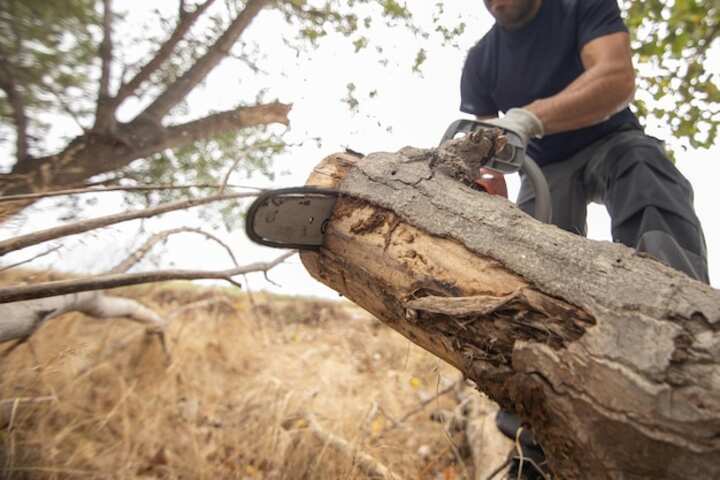
Local Tree Transplanting Specialists for Your Needs
In recent years, the importance of sustainable and eco-friendly landscaping practices has grown significantly. A critical part of this trend involves the transplanting of trees, a process that allows mature trees to be relocated rather than removed, thus preserving the environment and enhancing property aesthetics. Engaging local tree transplanting specialists ensures that the task is performed with expertise and precision, safeguarding both the trees and their new surroundings.
Understanding Tree Transplanting
Tree transplanting is a complex process that requires careful planning and execution. It involves moving a tree from one location to another, which can be necessary for various reasons, such as construction projects, landscaping redesigns, or to save a tree from an unsuitable location.
Why Transplant Trees?
There are numerous benefits to transplanting trees, including:
- Preserving mature trees that provide shade and improve air quality.
- Enhancing property value with strategically placed trees.
- Maintaining biodiversity by conserving native species.
- Facilitating landscape redesigns without losing established greenery.
Choosing the Right Specialists
Selecting a qualified tree transplanting specialist is crucial to the success of the relocation process. Here are some factors to consider:
- Experience and Expertise: Ensure the specialists have a proven track record in tree transplanting. Their experience can significantly affect the survival rate of the transplanted trees.
- Equipment and Technology: The use of advanced equipment and technology can streamline the transplanting process, reducing stress on the trees and improving outcomes.
- Knowledge of Local Ecology: Local specialists are often more familiar with the area's climate and soil conditions, which can be advantageous for the trees' adaptation and growth.
Steps Involved in Tree Transplanting
The transplanting process typically involves several key steps:
- Site Assessment: Evaluating the current site and the new location to ensure the tree's needs will be met.
- Preparation: Preparing the tree and the new site for the move. This might include pruning, soil preparation, and moisture management.
- Excavation and Transport: Carefully digging up the tree, including its root ball, and transporting it to the new site.
- Replanting: Replanting the tree with attention to optimal positioning and stabilization techniques.
- Aftercare: Providing ongoing care, such as watering, mulching, and monitoring for stress or disease.
Learn more in this detailed guide.
Benefits of Hiring Local Experts
Engaging local tree transplanting specialists offers several advantages:
- Proximity and Availability: Local experts can provide timely services and are often more accessible for consultations and site visits.
- Community Knowledge: They typically have a better understanding of local regulations and environmental factors that could impact the transplanting process.
- Support for Local Economy: Hiring local specialists contributes to the local economy and fosters community growth.
Explore further insights here.
Conclusion
Tree transplanting is an intricate process that, when done correctly, provides substantial environmental and aesthetic benefits. By opting for local specialists, property owners can ensure that their trees are handled with the utmost care and expertise. Whether you are looking to enhance your landscape or preserve a beloved tree, consider the value of professional tree transplanting services.